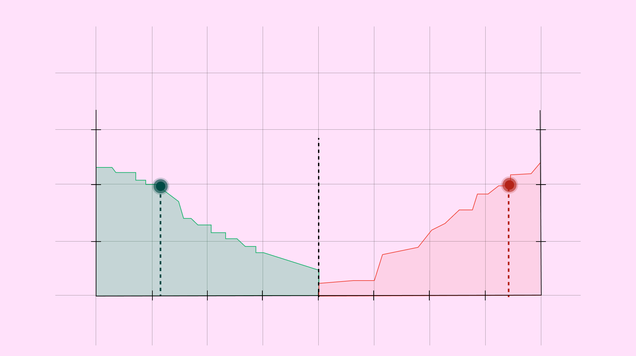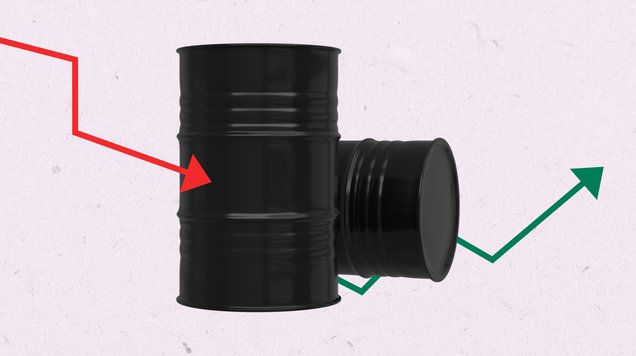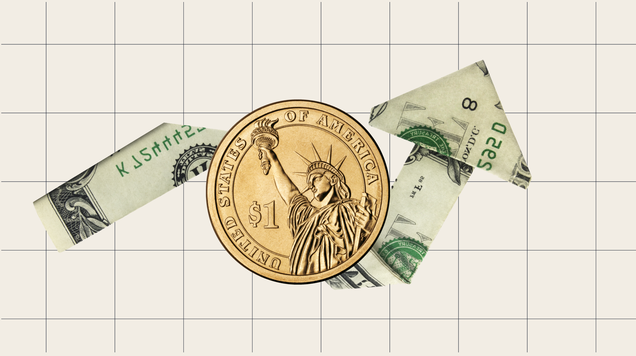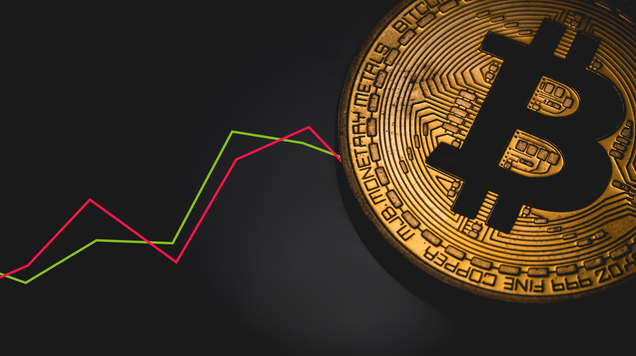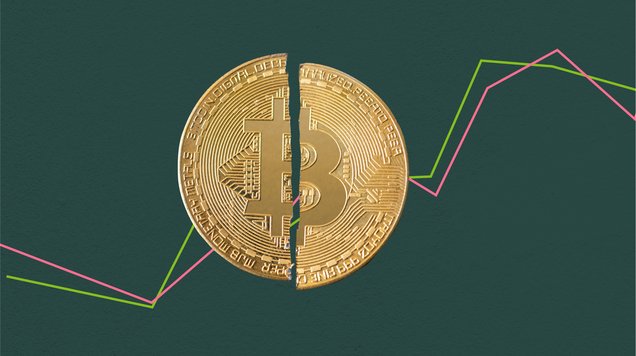BoE decides to keep interest rates unchanged; pound recovers
The Bank of England (BoE) elected to maintain Bank Rate at 4.00 per cent, a decision that reflected a narrowly divided Monetary Policy Committee. The UK economy remains unusually complex: inflation is well above the 2 per cent target, labour-market indicators have softened and manufacturing activity remains subdued.
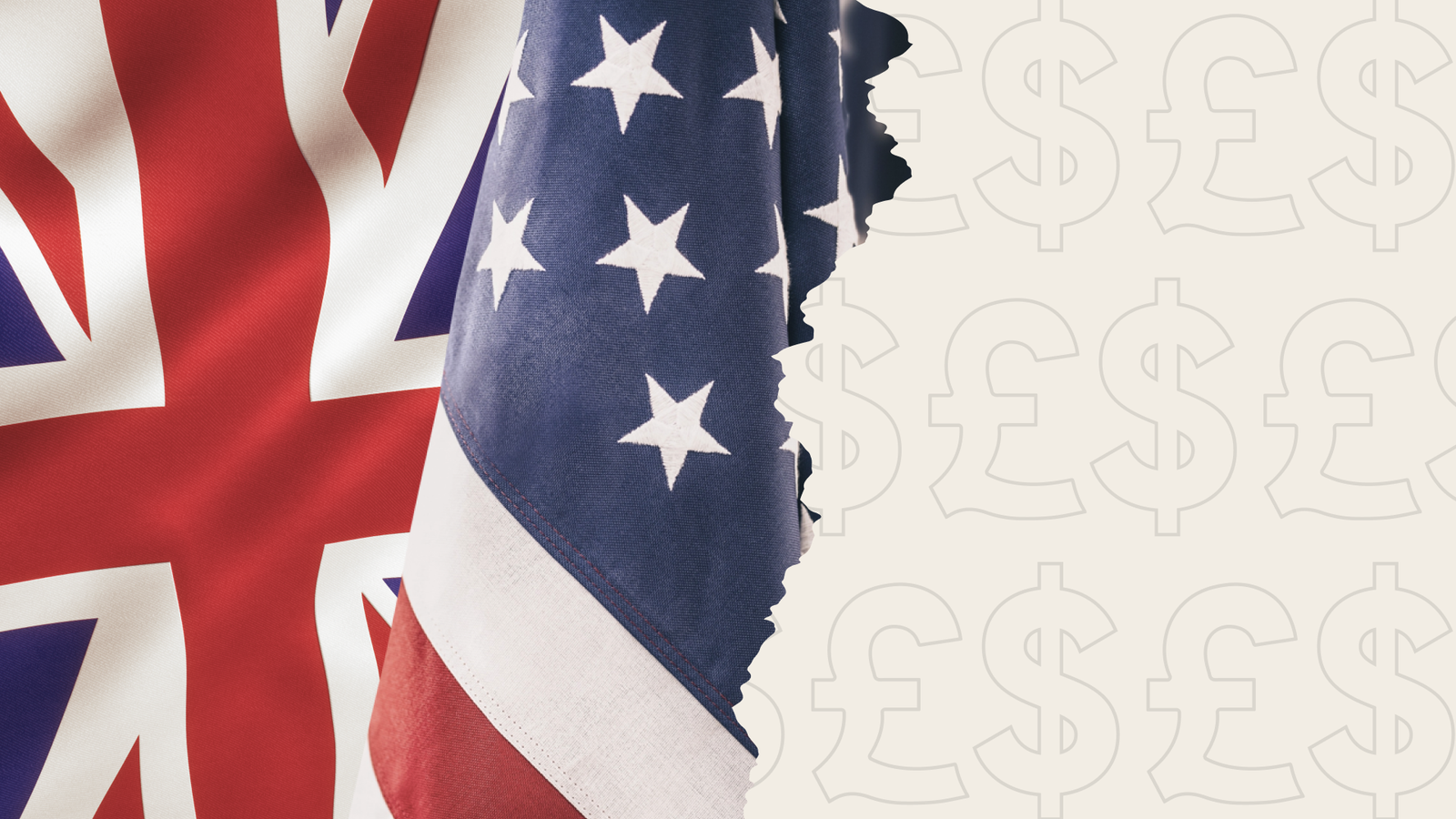
The BoE left Bank Rate unchanged at 4.00 per cent; the MPC vote was split 5–4.
UK headline inflation remains elevated at c. 3.8 per cent, while the unemployment rate is around a three-year high of c. 4.8 per cent.
Manufacturing PMI has been below the neutral 50 threshold for twelve consecutive months, signalling persistent contraction in the sector.
Sterling appreciated c. 0.70 per cent to c. USD 1.3138 following the announcement.
British economy overview
The United Kingdom’s macroeconomic picture is mixed. Inflation remains materially above the Bank’s 2 per cent remit (headline CPI at around 3.8 per cent), while the unemployment rate has risen to roughly 4.8 per cent — the highest in three years. At the same time, productivity in the industrial sector is weak: the manufacturing PMI has been below the 50-point neutral mark for a year, indicating sustained contraction.
This combination—elevated prices alongside softening labour-market conditions and weak industrial output—poses a difficult trade-off for monetary policy. The BoE must balance support for activity against the risk of re-igniting inflation. External influences, notably the Federal Reserve’s own policy trajectory, also complicate domestic decision-making. In this context, preserving sterling’s value remains a priority for UK policy makers because a materially weaker pound would import inflation via higher import prices, further challenging disinflation efforts.
BoE monetary-policy decision
The Monetary Policy Committee voted 5–4 to hold Bank Rate at 4.00 per cent, a result that underlined the committee’s internal divergence. Five members favoured maintaining the current stance, while four preferred an immediate cut. The split reflects a genuine policy dilemma: some members focus on the upside risk to inflation, whereas others are increasingly concerned by emerging weakness in labour markets and output.
Market participants generally expected no change to the policy rate; sterling, however, reacted positively to the decision and the accompanying commentary, which emphasised data dependence and the need to see more evidence before altering the policy path.
Technical analysis of sterling (GBP/USD)
Sterling has underperformed against a stronger US dollar over recent months but recovered following the BoE announcement. The near-term technical picture shows the following features:
- The pair has formed a double-top pattern, which could presage a corrective move lower, but this pattern sits within a longer-term channel of rising troughs and peaks.
- A prominent volume cluster around 1.3300 suggests a distribution zone established during the earlier bullish phase that began in 2022.
- The immediate short-term support level is near 1.3150; a sustained break below c. 1.2953 would expose lower structural supports at 1.2737 and 1.2576.
- Key resistances to monitor are 1.3452 and 1.3660; a clear move above 1.3660 would re-affirm the long-term up-trend.
These levels should be interpreted as reference points rather than precise triggers; intraday liquidity and macro-news can produce sharp deviations.
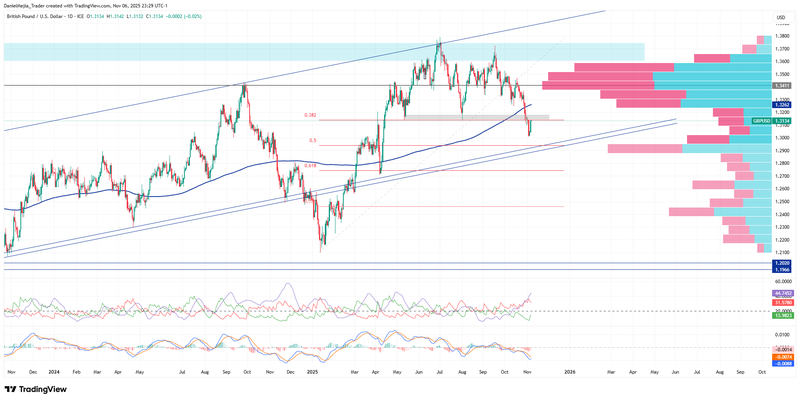
Figure 1. British pound (2023–2025). Source: Data from the Intercontinental Exchange. Own analysis conducted via TradingView.

